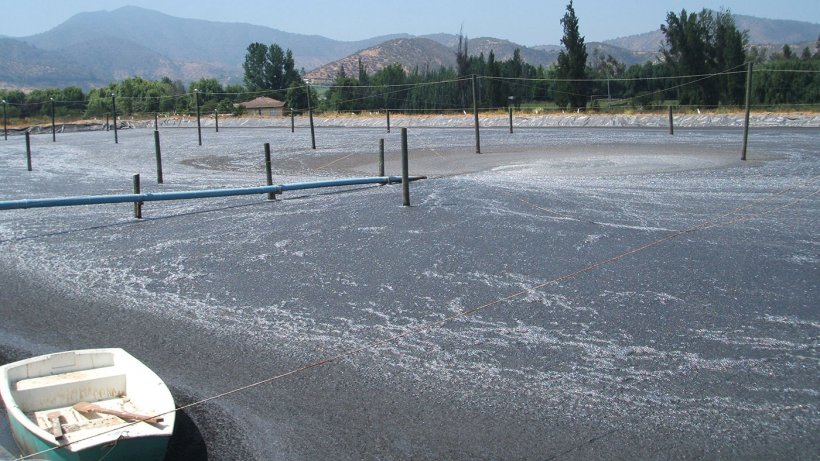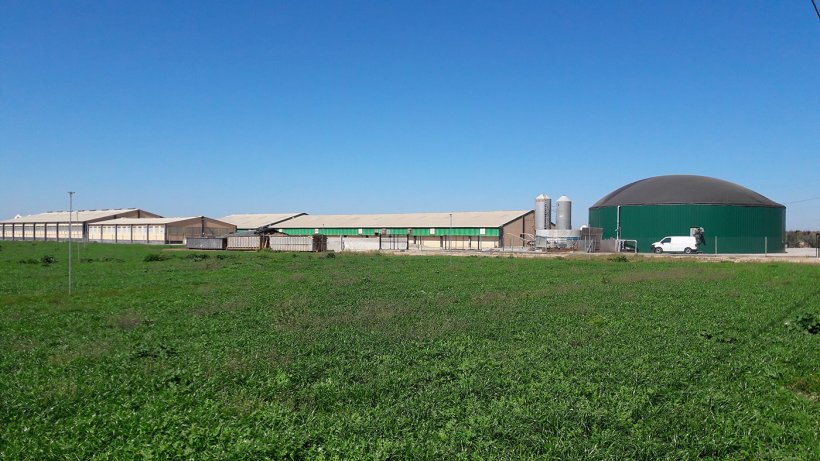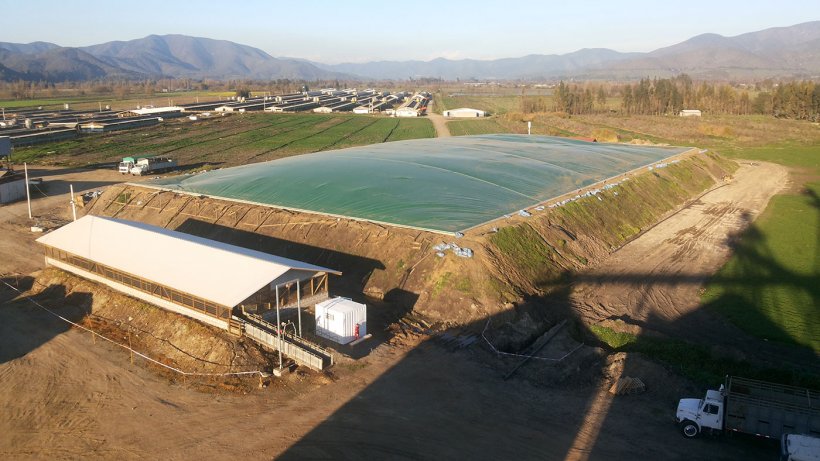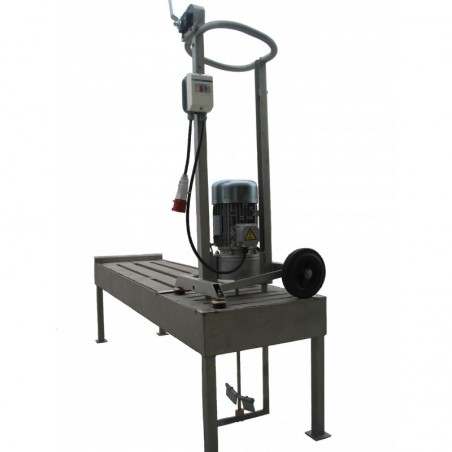There is no doubt that slurry poses a management problem on many farms. Management has improved significantly over the last 30 years, but there is still a lot of work to be done. Conversion rates that were unthinkable three decades ago have been reached thanks to greatly improved nutrition, genetics, and animal management, but approaches to slurry, which carries a high percentage of the nitrogen contained in feed, have not changed much. We need to adopt a technological culture that values purines as a resource, and a vision to transform a problem into an opportunity.


The basis for integrated management includes taking action from the starting point (animal feed),the design and management of the buildings, such as the automatic and daily removal of slurry to avoid emissions of pollutant gases and making decisions about its storage and eventual treatment, as well as planning for its use on agricultural fields. Within the framework of integral management, the problem must be precisely defined in order to find an adequate solution to minimize the impact on the environment, atmosphere, soil, and water.
A nutrient management plan is a plan for group or individual actions that aims to match the nutrient content of slurry to the needs of the crops in space and time. A management plan must consider actions in at least the following three areas:
- Reduction measures at the origin, of flow rates and components that could limit their subsequent use such as excessive water, nitrogen, phosphorus, or heavy metal content, which requires reviewing the current on-farm management techniques and switching to new diets
- Soil and crop application plan. This fertilization plan must be made based on knowledge of the soil, crop requirements- considering application rate and season, as well as climatic and hydrological characteristics.
- Treatment strategy to be implemented. The strategy should be a combination of processes with the goal of modifying the characteristics of the slurry to suit the demand as a quality product.
A management plan must also include storage lagoon calculations, the volume of which must allow adequate holding- considering slurry is produced continuously but not continuously used as fertilizer. A management plan should be seen as a project, an action plan, or as strategic planning, which should serve as a frame of reference for making decisions.
Changing the diet to produce slurry with a lower nitrogen and phosphorus content should reduce the problem of nutrient surpluses, reduce management costs, and lessen the need for agricultural land area. Minimizing water use should lead to a slower flow of slurry, which lowers storage volume requirements and reduces transportation costs. Cooperation between crop and livestock farmers for the collective management of the fertilizing value of the manure, must optimize transportation and application logistics.
The suitability of a treatment process will depend on each geographical area, the needs identified in the management plan, the desired quality of the final product, and the associated economic costs. There may be many specific goals, but the basic objective must be to increase management abilities, i.e. the ability to make decisions.

Figure 2: Pig farm in the Segriá region (Lleida, Spain), with biogas production for internal consumption in the forms of thermal and electrical energy.
Technologically speaking, practically anything can be done in the area of slurry treatment, but tackling the problem only with processing technologies is a mistake. Investing in biogas plants for slurry that has been stored for several months under the slats can be counterproductive, because during this time they have already released biogas, ammonia, and volatile organic compounds, which the animals had been breathing. Separation systems are also less efficient with aged slurry.

It is clear that the farmer must make decisions in a complex and changing environment, whose situation is not the same as that of a similar farm. It is important to be informed of treatment technologies, but it is even more important to have the tools to make decisions, to identify the type or severity of the problem, and to have the criteria to determine the appropriate solution. Often sophisticated technologies are not needed, but rather modifying habits, redesigning some aspects of the farm or collaborating with other livestock or arable farmers.








